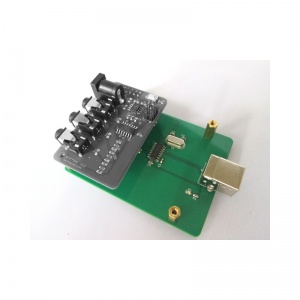RPICT USB Adaptor: Difference between revisions
No edit summary |
No edit summary |
||
| Line 2: | Line 2: | ||
The RPICT USB Adaptor aim to interface any RPICT series board with a USB port. This can equally be used on a computer or a Raspberrypi. | The RPICT USB Adaptor aim to interface any RPICT series board with a USB port. This can equally be used on a computer or a Raspberrypi. | ||
[https://lechacalshop.com/gb/internetofthing/101-rpict-usb-adaptor.html | [[File:Link_to_the_shop.png | link=https://lechacalshop.com/gb/internetofthing/101-rpict-usb-adaptor.html]] | ||
[[File:Rpict-usb-adaptor_01.jpg | 300px]] | [[File:Rpict-usb-adaptor_01.jpg | 300px]] | ||
Revision as of 10:09, 7 October 2023
The RPICT USB Adaptor aim to interface any RPICT series board with a USB port. This can equally be used on a computer or a Raspberrypi.
Usage on a computer
Data output is read on the serial port. The serial port will depend on your operating system.
This will be /dev/ttyUSB0 on linux and a com port on windows.
Baud rate is 38400.
A good cross platform tool for reading serial ports is putty.
Or you can use SerialPlot which is good for plotting data in realtime. Use data format as ASCII and Column delimiter as space.
Note that a Raspberrypi is needed to configure the RPICT board.
Usage on a Raspberry pi
As an alternative to stack the RPICT on the Raspberry it is possible to use this USB adaptor to connect the RPICT to the USB port of the Raspberry. This can be a good way to free up the GPIO ports.
The configuration tool lcl-rpict-config can be used but in this case requires the serial port to be informed.
An example for reading the configuration
lcl-rpict-config.py -p /dev/ttyUSB0
An example for writing a configuration file
lcl-rpict-config.py -p /dev/ttyUSB0 -w myfile.conf
You should read the data stream with the commands below.
stty -echo -F /dev/ttyUSB0 raw speed 38400 cat /dev/ttyUSB0



